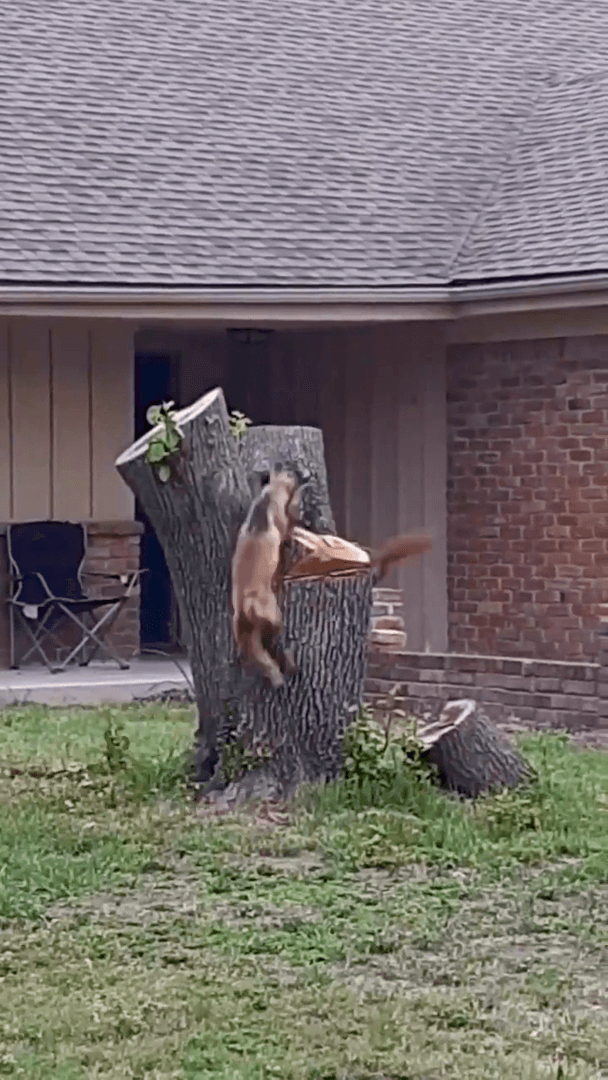
"Norway - 'King of the Forest' is Causing a Stir" The moose is called the "king of the forest". There are good reasons for that, it is Norway's largest mammal on land. "I have never seen anything like it, and I have seen many animals throughout my photography career, says photographer Thomas Mørch." He is talking about the spotted elk that walks around Hallingdal. A few years ago Albin the albino moose became such a big celebrity that the hunting teams protected him. A white national treasure, which was felled by a Danish hunter in 2011 who had not caught the "protection". Now the forest has a new moose that stands out. It is not completely white, but mottled. >>Full article link: https://www.nrk.no/osloogviken/flekkete-elg-vekker-oppsikt-_-er-rammet-av-piebaldisme-1.16675513?fbclid=IwAR0zT8q25thsHFWt0nMJHu8S0IwL5Oig3tfbkanFiP6QSXicYBG3Nqa5EW0
Post: 3 January 18:34















































